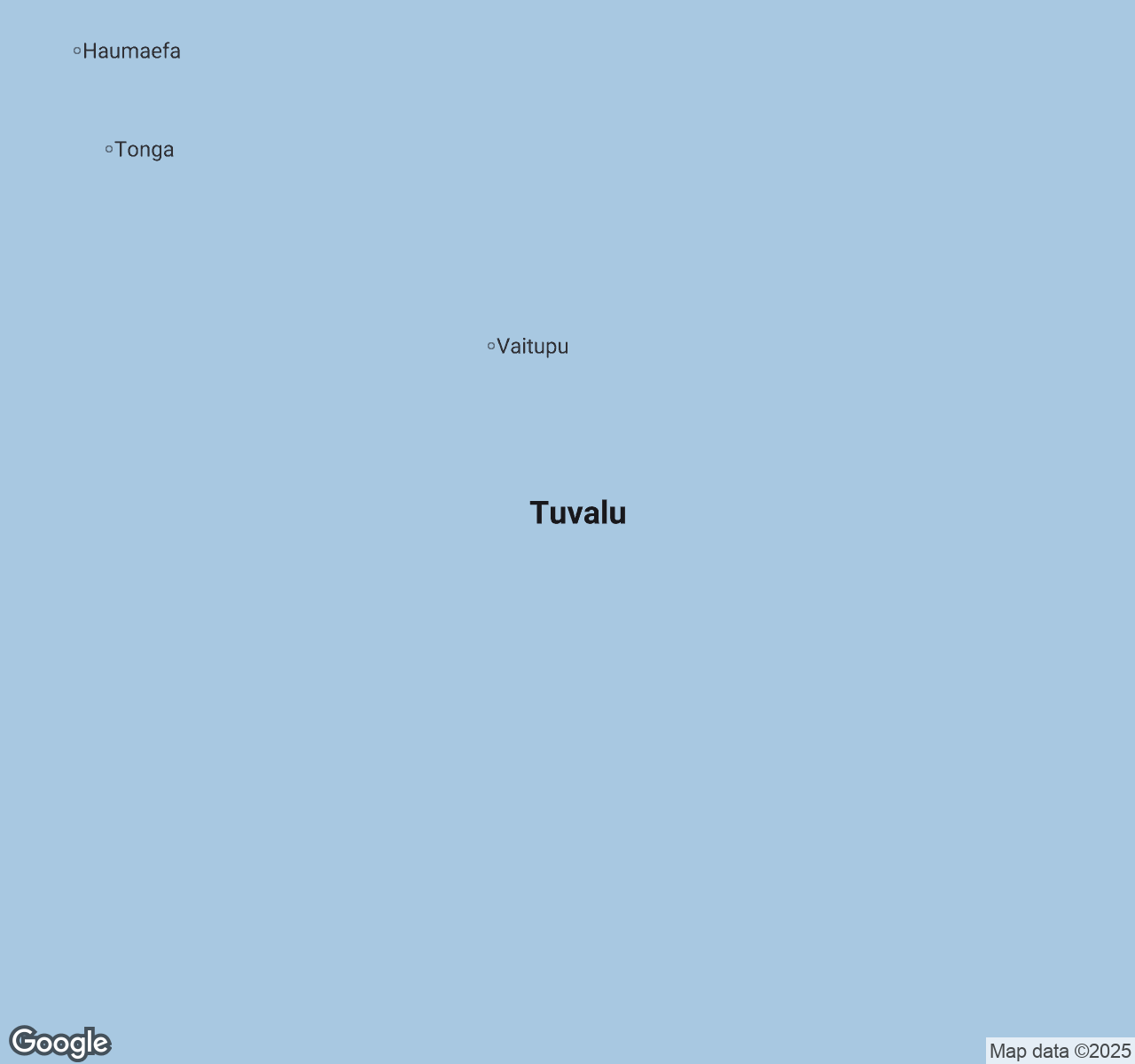
Things to Do in Tuvalu
Discover the best of Tuvalu
Plan Your Trip
Essential guides for timing and budgeting
Top Things to Do in Tuvalu
Discover the best activities and experiences. Book now with our trusted partners and enjoy hassle-free adventures.
Your Guide to Tuvalu
About Tuvalu
Tuvalu whispers where the world grows quiet—a constellation of nine coral atolls scattered across the vast Pacific like forgotten pearls. Here, time moves with the rhythm of trade winds and tidal flows, where traditional outrigger canoes still glide through lagoons of impossible turquoise. This is among Earth's smallest nations, where the entire population could fill a modest stadium, yet the warmth of Polynesian hospitality fills every corner of these remote islands. Ancient traditions thrive alongside modern challenges, as communities gather in traditional maneapas (meeting houses) while grappling with rising seas that threaten their ancestral home. Funafuti's single airstrip connects this isolated great destination to the world, but stepping onto these pristine shores feels like discovering a secret the ocean has kept for millennia. Every sunset paints the endless sky in watercolors, every dawn brings the gentle sound of waves caressing coral shores, and every encounter reveals the resilient spirit of a people who have called these atolls home for over a thousand years.
Travel Tips
Transportation: Book flights on Fiji Airways well in advance—only 2-3 flights weekly serve Funafuti from Suva. Inter-island travel requires small boats or government vessels; coordinate through your accommodation. Rent bicycles or walk on Funafuti; the entire atoll is easily explorable on foot.
Money: Bring Australian dollars cash—ATMs are extremely limited and credit cards rarely accepted. The Tuvalu dollar equals AUD 1:1. Pack small denominations as change can be scarce. Budget $100-150 AUD daily for basic expenses.
Cultural Respect: Dress modestly, covering shoulders and knees, especially near churches and villages. Remove shoes before entering homes and maneapas. Ask permission before photographing locals. Sunday is sacred—most activities cease, so plan accordingly and attend church services if invited.
Food Safety: Stick to cooked meals at guesthouses and the few local restaurants. Fresh fish and coconut-based dishes are generally safe. Bring water purification tablets as tap water quality varies. Stock up on snacks in Funafuti—outer islands have very limited food options.
When to Visit
Tuvalu enjoys a tropical climate year-round, with temperatures consistently ranging 26-32°C (79-90°F). The dry season (May-October) offers the most comfortable conditions with southeast trade winds, minimal rainfall (50-100mm monthly), and humidity around 75%. This peak season sees accommodation prices 20-30% higher, though 'crowded' in Tuvalu means perhaps a dozen tourists. November through April brings the wet season with higher humidity (85%), increased rainfall (200-400mm monthly), and occasional tropical storms, particularly January-March. However, prices drop 25-35% and the islands remain impressive. The Tuvalu Day celebrations (October 1st) showcase traditional dancing, feasting, and cultural performances—book accommodation months ahead. Te Aso Fiafia (Independence Day festivities) span several days with canoe races and community gatherings. For budget travelers, February-April offers the best value despite higher rainfall. Photographers will love the dramatic wet season skies and lush vegetation. Families should visit May-September for calmer seas and consistent weather. Serious cultural enthusiasts should time visits around church conferences (various dates) when inter-island travel increases and traditional customs are most visible. Remember that cyclone season (November-April) can disrupt the limited flight schedule.

Tuvalu location map